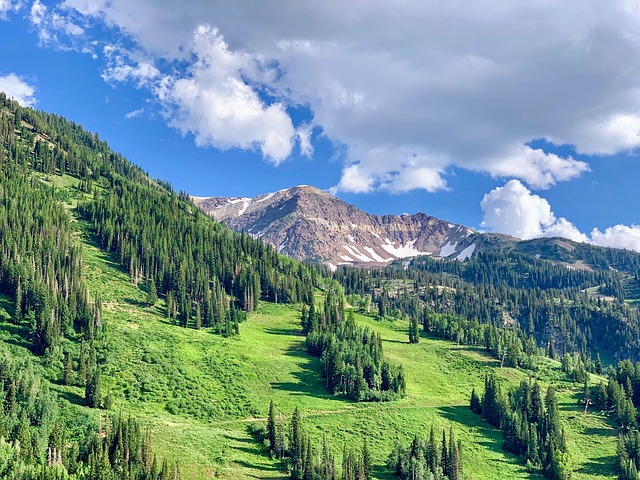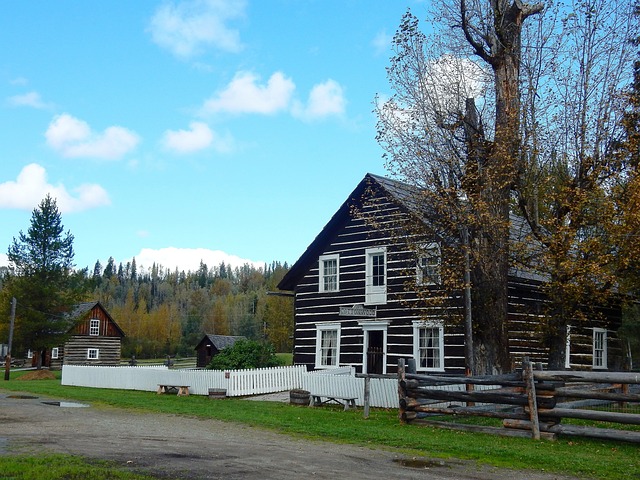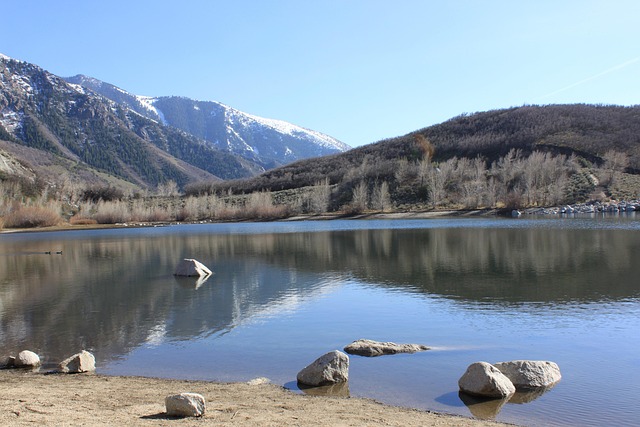The success of arts and culinary hubs is heavily influenced by their location, with prime spots in city centers or historic districts attracting tourists and fostering vibrant communities. This mutual relationship between real estate and creative scenes can boost property values but also presents challenges like increasing costs displacing artists. Strategic mixed-use developments encourage collaboration, while unchecked development may lead to gentrification. Investing in real estate within these neighborhoods offers enhanced quality of life, economic growth, and increased property value over time, making them desirable destinations for locals and visitors alike.
“Discover how real estate shapes the thriving arts and culinary scenes that define vibrant cities worldwide. This article explores the symbiotic relationship between location, real estate development, and creative communities. We delve into the factors that make certain areas hotspots for artistic expression and gourmet cuisine, providing insights on investing in properties that foster these dynamic industries. From urban revitalizations to cultural hubs, understand the role of real estate in nurturing and amplifying creative spirits.”
The Role of Location in Arts and Culinary Success
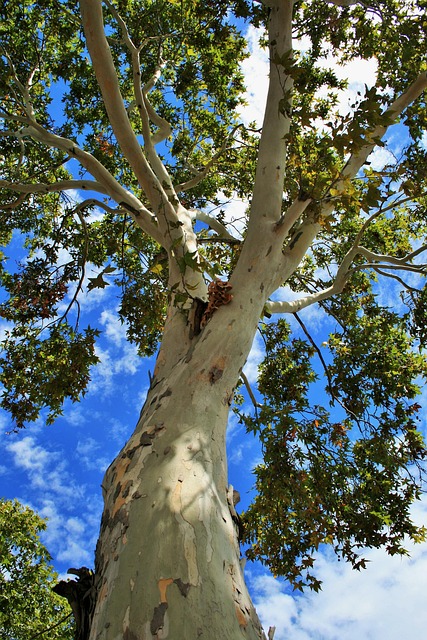
The location of an arts and culinary hub plays a pivotal role in its success, as it significantly influences both the creative and economic aspects. In the realm of real estate, prime positions near bustling city centers or historic districts can attract a steady stream of visitors, fostering vibrant environments where artists and chefs thrive. These areas often become cultural hotspots, drawing locals and tourists alike to explore diverse art galleries, taste innovative cuisines, and immerse themselves in the local scene.
Strategic placement within these dynamic communities allows for organic growth and collaboration. Arts and culinary establishments can benefit from the foot traffic, cross-promotion opportunities, and the sense of community that comes with being part of a lively urban fabric. As a result, successful locations become game changers, revolutionizing the local economy and enhancing the overall quality of life for residents and visitors alike.
How Real Estate Impacts Creative Communities

The relationship between real estate and creative communities is a complex one, with each influencing the other significantly. On one hand, thriving arts and culinary scenes often drive up property values and attract investors seeking to capitalize on the vibrancy of these areas. This can lead to the development of trendy neighborhoods where artists, chefs, and cultural entrepreneurs flourish. However, the flip side presents challenges; rapidly increasing rent and real estate costs can push creative individuals and businesses out to less accessible locations, potentially damaging the very fabric of these diverse communities.
Real estate developers play a pivotal role in fostering or hindering artistic growth. When done right, investments in mixed-use developments that blend residential spaces with studios, galleries, restaurants, and cafes create conducive environments for creatives to thrive. Such integrated communities encourage collaboration, spark innovation, and foster cultural exchange. Conversely, unchecked development might lead to gentrification, where the unique character of a neighborhood is lost, and long-standing creative entities struggle to remain relevant or affordable.
Investing in Areas with Vibrant Art and Cuisine
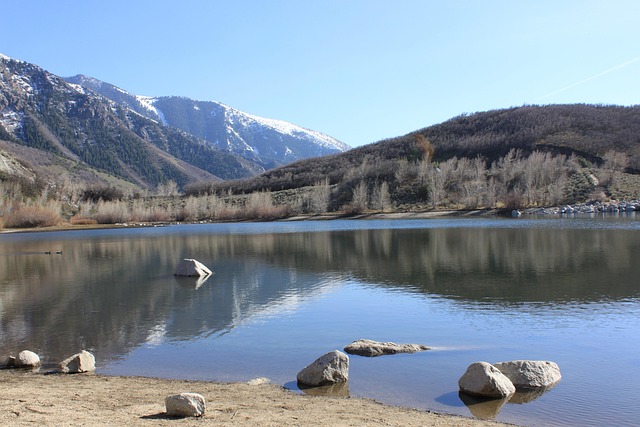
Investing in real estate within areas boasting vibrant art and culinary scenes can be a strategic move for both residents and investors alike. These neighborhoods often attract a diverse mix of artists, chefs, and culture enthusiasts, fostering an environment that stimulates creativity and innovation. The presence of art galleries, restaurants, cafes, and specialty food markets not only enhances the quality of life but also drives economic growth.
Real estate values in such locations tend to appreciate over time due to high demand from both locals and visitors seeking immersive cultural experiences. Property owners can benefit from increased rental income and higher sales prices by capitalizing on the area’s unique character. Moreover, these areas often become popular destinations for food tours, art exhibitions, and community events, further boosting local businesses and property values.
